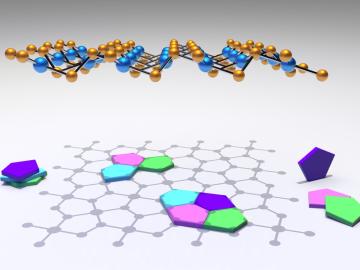Filter News
Area of Research
News Type
Date
Media Contacts
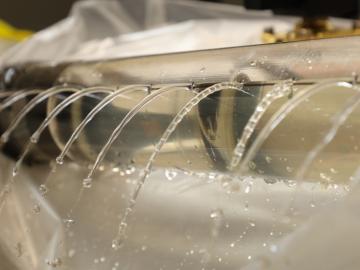
A precision approach to treating snow- and ice-covered roads, developed by an Oak Ridge National Laboratory-led research team, aims to help cities effectively allocate resources and expand coverage on roadways. The combined software and hardware technology analyzes existing city data and uses high-resolution modeling to identify areas most vulnerable to drivers during hazardous weather conditions.
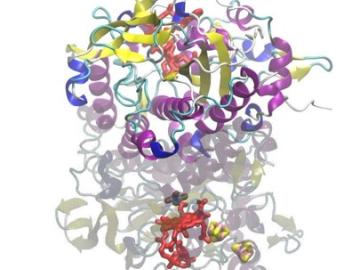
An Oak Ridge National Laboratory-led team discovered a function of certain microbes that produces a new derivative of vitamin B12, which is crucial to a cell’s ability to perform life-sustaining metabolic activities. Their findings could ultimately open avenues for novel environmental and water clean-up strategies.
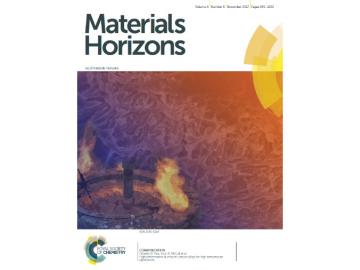

Some engineers are attracted to fuels and engine research out of a love of cars. For Robert Wagner, however, enthusiasm for combustion science and chaos theory drew him to this area of research at Oak Ridge National Laboratory. After years of delivering breakthroughs for cleane...
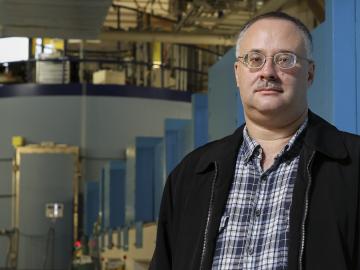
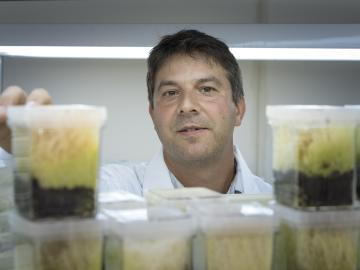
David Weston became fascinated with plant genetics and ecology in college, and now with the support provided by the DOE Office of Science Early Career Research Program, he will link those fields as he studies plant-microbe symbiosis. The research will focus on sphagnum moss, a dominant plant of n...
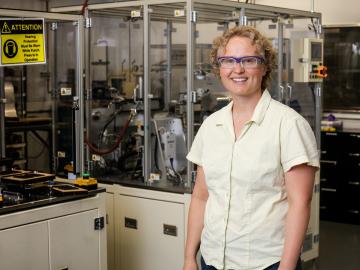
In the quest for better batteries, Rose Ruther has found that the positives nearly always outweigh the negatives, and that’s what keeps her coming back to the lab. Ruther works on novel materials to create batteries with higher energy density at a lower cost as part of the Roll to Roll Manufactur...
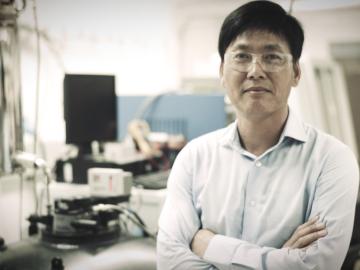

Geospatial scientists at Oak Ridge National Laboratory have developed a novel method to quickly gather building structure datasets that support emergency response teams assessing properties damaged by Hurricanes Harvey and Irma. By coupling deep learning with high-performance comp...
